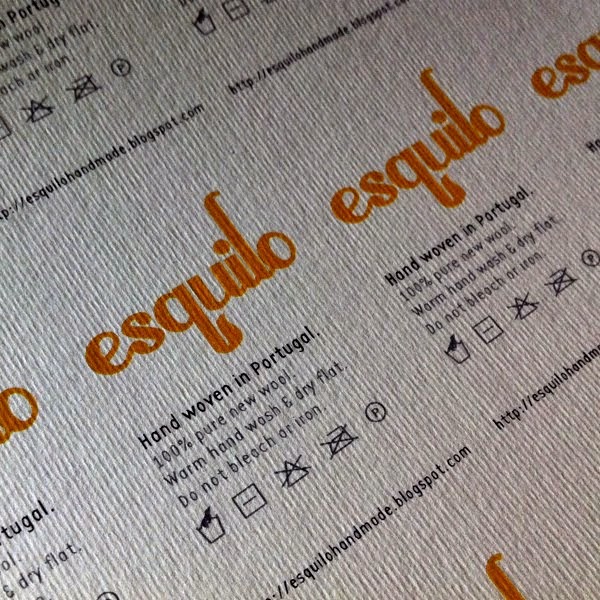With the new week came the start of a new Kasuri project. This time we are making a cushion. I chose the pattern you see in the second last image. It is not very clear from the photo but there are 2 different colours, one for the warp and another for the weft, meaning the Kasuri had to be bound and be dyed with two different colours.
This time instead of ramie we are using silk which is particularly difficult to work with because it gets caught just about everywhere and tends to fray quite easily. I decided I wanted to dye my warp with a greyish green, inspired by the bamboo forest I had seen last week. But something was very wrong in the swatch I used as reference and instead of green I ended up with a weird blue. And my lilac did not really end up that well either and in the end I was left with 2 colours that do not really speak to me. This is not problematic considering the objective is to learn Kasuri.
The third photo shows a goko swift. It is a Japanese swift and it has a wonderfully simple design. We use it to wind skeins onto the kiwaku. The kiwaku are also japanese and used to wind the yarn onto instead of simply making it into a ball. They come in very handy during the whole weaving process but seem to work best with finer yarns.
Setting up this loom was much more complex for this project because of the scattered kasuri. It took 2 days to set the loom, from pre- sleying the reed to adjusting the final tension. It was 2 very tiring days of doing and undoing, fixing one thing and making another worse. Kasuri is proving to be a true test of patience and incredibly strange how we have to be so exact to the millimeter to achieve something we know will inevitably be crooked. When I asked Emma sensei, "There must be an easier way. Is there a secret? Because it all feels so incredibly precise and so abstract at the same time. Why try and adjust the tension by feel alone when you can adjust it when you have already started weaving and know it is not right?". Emma sensei replied, "I have no secrets. It must be cultural. We try and do everything as perfect as we can now so that we don´t have to fix things later." This is a true test. It can never be perfect, but we have to try. It seems impossible. But at the end of the day I did see some improvement, I am just waiting for the click and to find the balance between culture and a perfectionist sensei. Perhaps I need to revisit Mount Kurama, a Temple nearby that is supposed to be "Kyoto´s number one power spot". I need to recharge.
This week also marked the arrival of my indigo seeds. The Tokushima Prefectural Josei Senior High School have dedicated themselves to the indigo cycle, from seed to dye. They are also very generous and mail out seeds to anyone interested, all they charge is postage, which must have been about 20 yen cents. Each packet has enough seed for about 100 meters squared. Next Spring, back home, should the climate agree, I will start a small plantation of Japanese Polygonaceae, to add to my seeds for colour garden that had to stay on standby due to this trip.













No comments:
Post a Comment